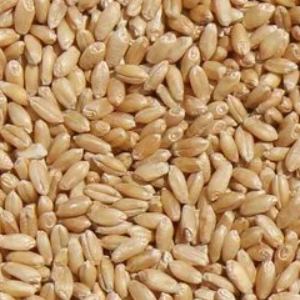Wheat
Grain Protrade provides high-quality wheat. We source it directly from trusted farmers. Our wheat excels in milling and baking. We maintain strict quality control. Packaging is flexible to suit your needs. We offer various wheat classes and protein levels. Timely global delivery is assured. We guarantee competitive prices. Contact us for a quote!
Showing all 6 resultsSorted by latest




